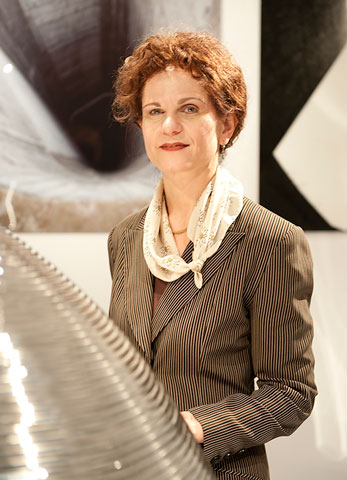
Six months after German galleries began a cry for the government to clarify how value added tax (VAT) should be calculated on sales of art, little to no headway has been made, Ruhr Nachrichten reports. Speaking to the paper, Birgit Maria Sturm of the Bundesverband der Galerien und Kunsthändler (Association of German Galleries and Art Dealers; BVDG) said that the situation is, “a failure of cultural policy,” which is having immeasurably negative effects on galleries across the country.
As previously reported by artnet News, due to a mandate by the EU Commission, Germany’s VAT on the sale of art and other cultural goods was raised to 19 percent. That rate went into effect on January 1st of this year. VAT for all visual art, other than photography, was previously 7 percent, which is below the EU mandatory minimum rate of 15 percent.
The current 19 percent VAT is assessed on the difference between the sale price and the price a dealer paid for the work. A secondary provision has been left in the agreement that would allow for a flat profit margin of 30 percent to be used for all transactions. Thus, 19 percent VAT would be assessed on 30 percent of the sale price of every artwork in Germany.
However, as responsibility for deciding exactly what system to use has reportedly been repeatedly passed between the states, the federal government, and the EU Commission, German art dealers have been forced to essentially guess at what VAT rate they should be adding onto the sale price of artworks. Some are reportedly been resorting to the regulations used in the sale of vintage automobiles.
Further complicating the matter, according to the report, is the fact that artists are still allowed to sell work out of their studios at the previous seven percent VAT rate. Galleries have complained that the resulting 12 percent difference in price continues to hurt their business. In reality, that difference is generally much higher regardless of taxes due to the percentage of the gallery sale price that artists pay dealers who sell their work, a practice that has not changed. Regardless, officials say that, as a whole, the current situation threatens to place the entire support structure for artists, which galleries provide, at risk.